Joan Yeguas
With the passage of time and the varied museography that the Museu Nacional d’Art de Catalunya has enjoyed, the sculpture group of the Dormition of the Virgin attributed to Damià Forment has become one of the icons of the museum’s Renaissance and Baroque collection.
The theme of the Dormition represents the transit of Mary from her mortal state to one of glory, surrounded by the apostles who are concerned about the situation.

The work’s origins
The work was conceived for the altar of Forgiveness in the old church of Sant Miquel in Barcelona. We know that the group was paid for by a high-ranking functionary of the Crown of Aragon in the Viceroyalty of Naples, Jeroni Descoll i d’Oliva. In his will, made out in 1544, he says: “the chapel of the sepulchre of the glorious Virgin Mary constructed by me in the parish church of Sant Miquel in the present city in front of the altar”.
Ten years later, on a pastoral visit to the church of Sant Miquel, an Assumption of the Virgin surrounded by the twelve apostles is described. Much later, in 1788, Antoni Ponz comments that, “it represents the transit of Our Lady”. The church was deconsecrated in 1835, and the parish was transferred to the church of La Mercè.
An eventful history
In September 1868 the revolution known as “la Gloriosa” took place, which led to the deposition and exile of the queen of Spain, Isabella II. The revolutionary junta in Barcelona carried out various urban “restructuring” plans, including the demolition of different churches and monasteries not used for worship, such as the aforementioned church of Sant Miquel (now the Plaça de Sant Miquel), the monastery of Santa Maria de Jonqueres (Plaça Urquinaona), and the convent of Santa Maria de Jerusalem (the Boqueria market), among others.
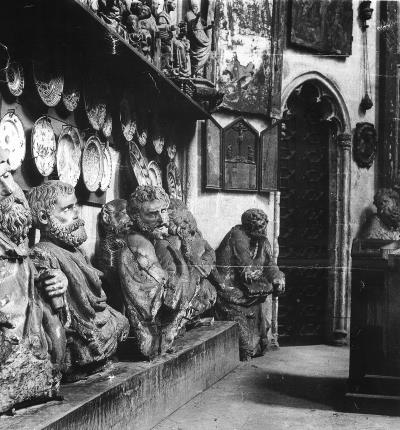
Thanks to the efforts of the Barcelona Provincial Monuments Committee, and the intercession of the Real Academia de Bellas Artes de San Fernando, it was possible to salvage the most important works of art. Later, the apostles were moved to the Museu Provincial d’Antiguitats in Barcelona, housed in the royal chapel of Saint Agatha. The catalogue published in 1888 mentions eight blocks (corresponding to ten apostles) and two separate heads (the seated figures – they were not given an inventory number until 1900). There is no record of either the Virgin’s transfer or presence in the museum. The recumbent figure was on the ground floor of the bishopric of Barcelona’s Seminary, from 1913 the home of the Diocesan Museum, where it was damaged in 1936, at the beginning of the Spanish Civil War.
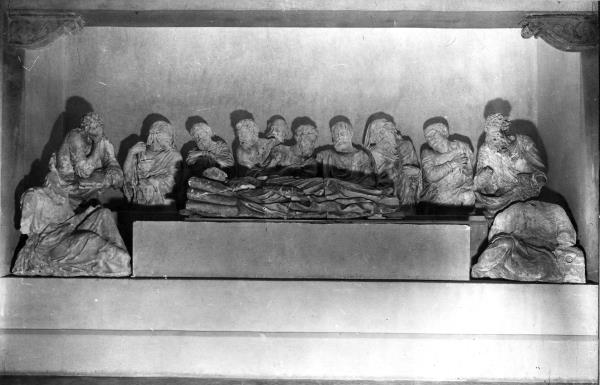
Who made the Dormition?
The chroniclers of the eighteenth and nineteenth centuries state that the group is in marble (a mistake – it is alabaster, almost certainly from El Sarral), and, for this reason, they conclude that it was a work from Italy. Xavier de Salas, director of the Museu d’Art de Catalunya in the 1940s, proposed Martí Díez de Liatzasolo as the artist, because he was comparing it with the Holy Sepulchre in Terrassa, a group by the Basque sculptor. But the work on the faces and the clothing is nothing like that of this group. Joan Bosch i Ballbona, a professor at the University of Girona, eventually put forward the name of Damià Forment.
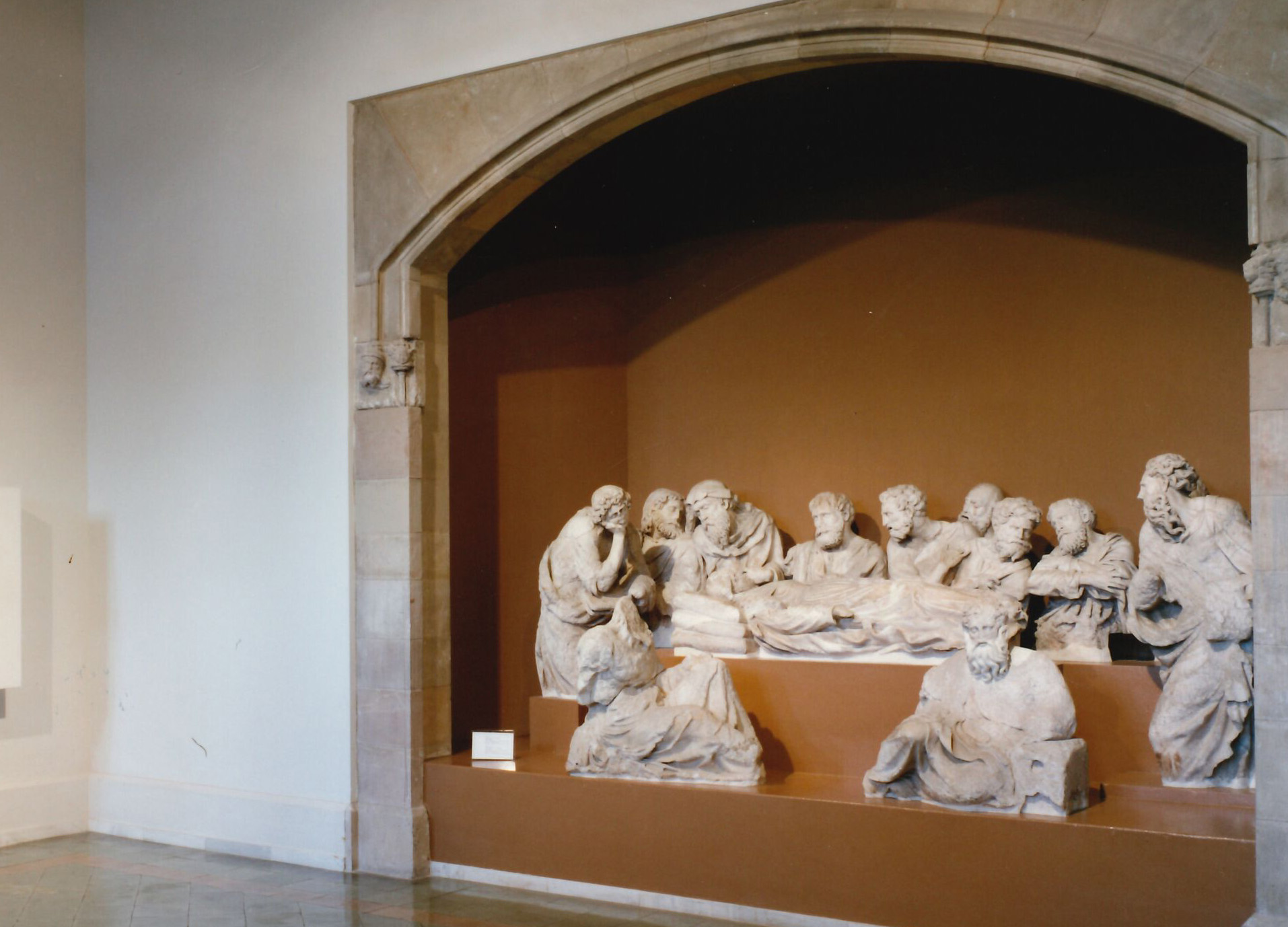
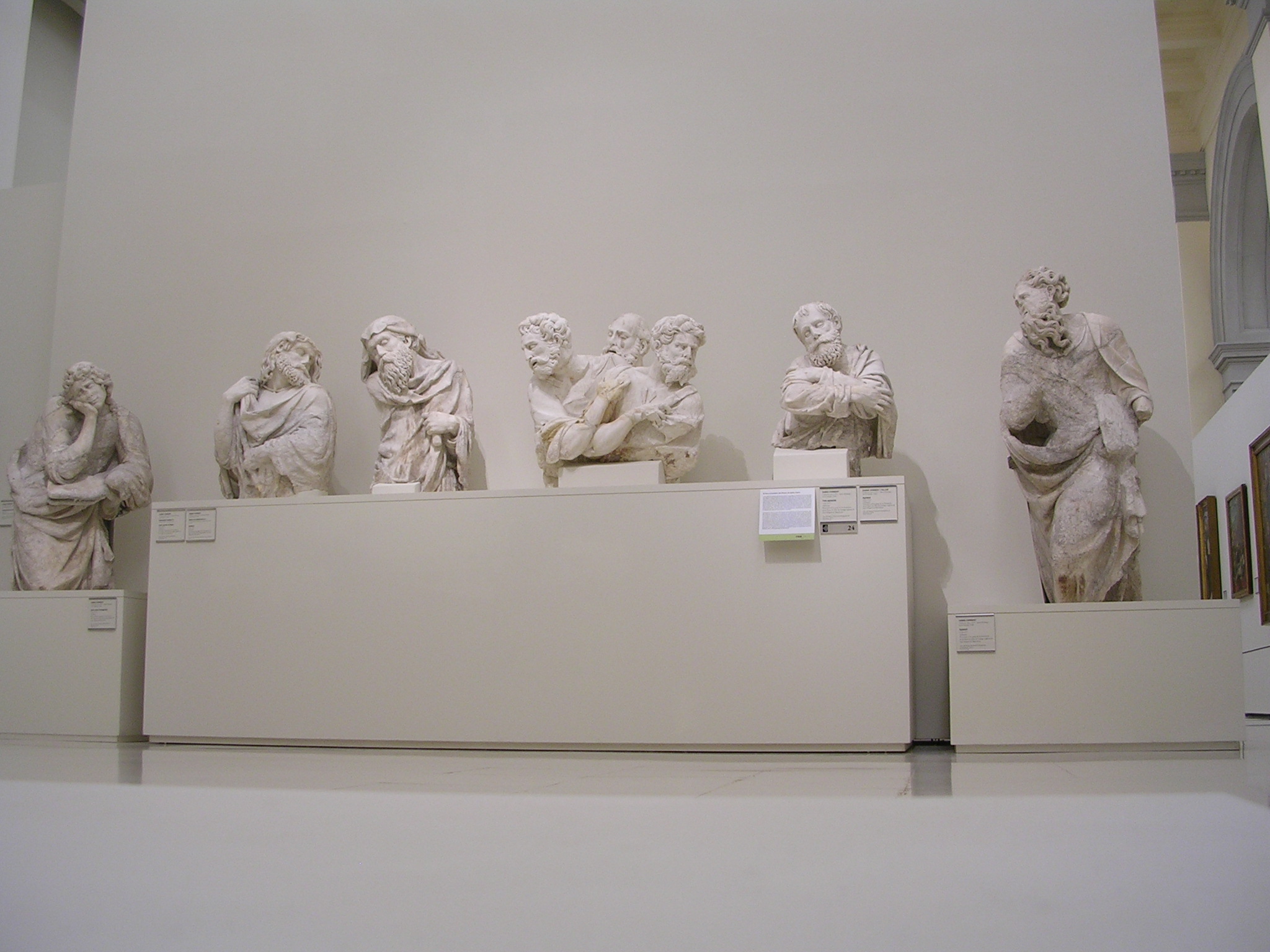
The attribution to the Valencian master was correct, proven by the stylistic similarities with the rest of Forment’s sculpture work (the wrinkles on the forehead and eyes, the fall of the hair, the eye sockets, the half-open mouth, the prominent ears, etc.): compare the head of an apostle with that of the Saint Paul that presides the high altarpiece in the church of San Pablo in Zaragoza, or the violent gesture with the arm of another apostle with a satyr on the attic or a Saint Domingo on the high altarpiece in Santo Domingo de la Calzada.
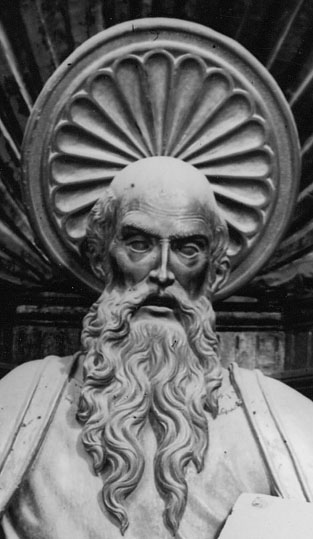
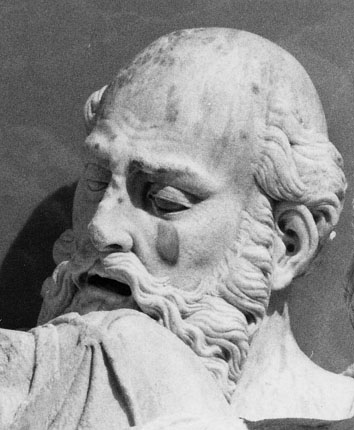
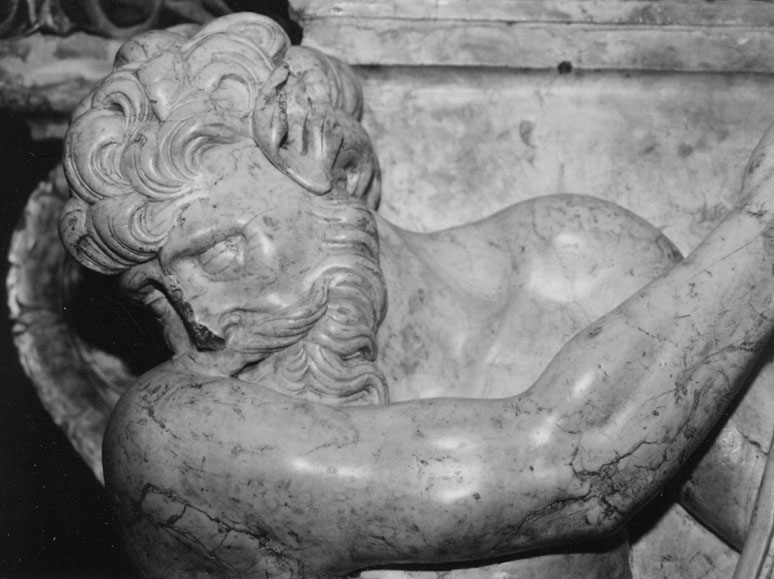

When was the work made?
The Dormition is a key work in the career of Damià Forment, because it tells us about his stylistic evolution between the works in Aragon and the culmination of his style in the last years of his life. A fundamental part of this shift was his passage through Catalonia (between 1526 and 1536), because he was able to see works with an Italian feel like the choir of Barcelona Cathedral or the mausoleum of Bellpuig. Moreover, in 1535 Enric de Borgonya, one of his habitual collaborators (for example, he worked on the altarpiece in the monastery of Poblet), signed a contract to make some pillars for a sepulcri (tomb) in the church of Sant Miquel in Barcelona.
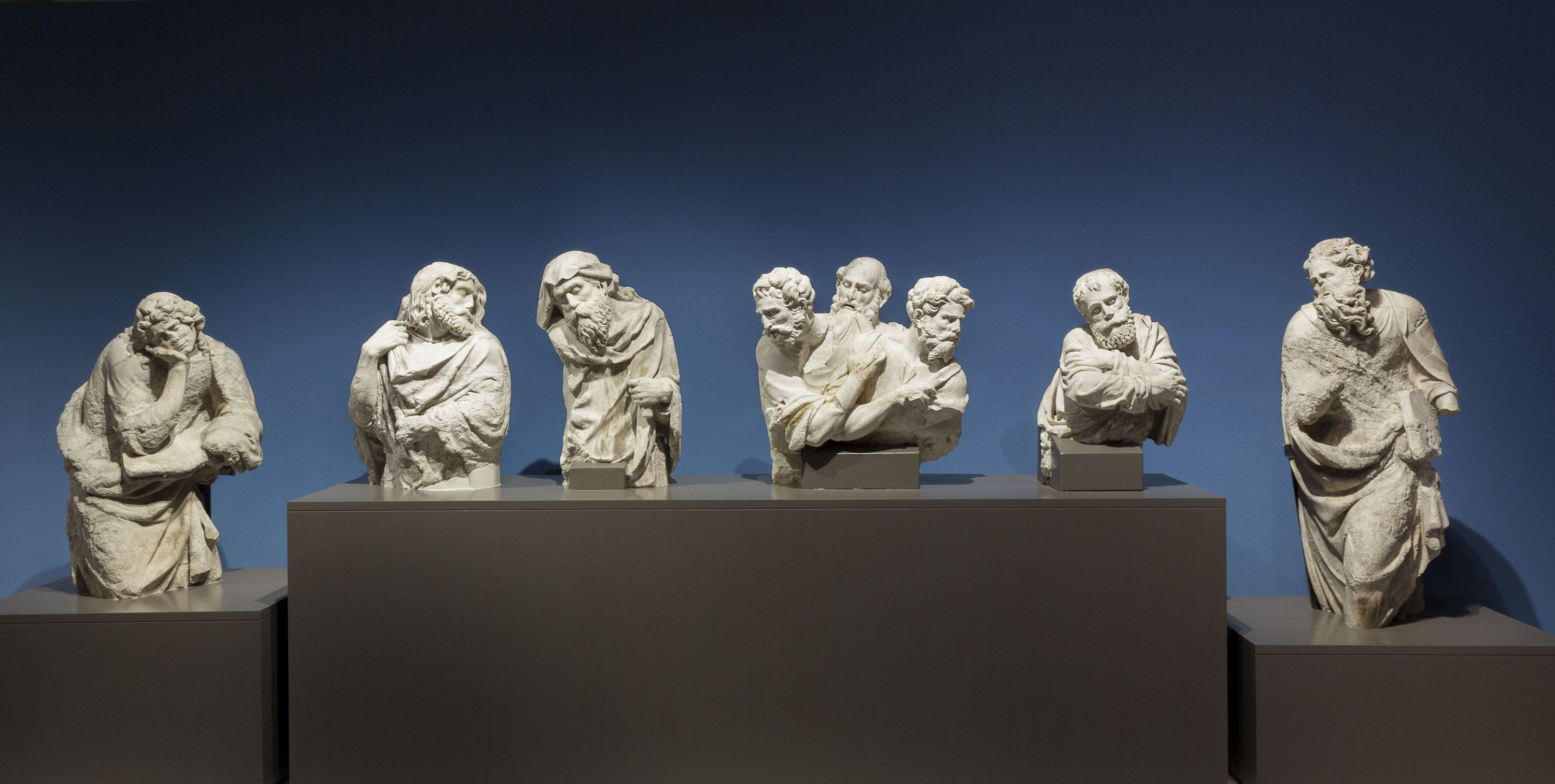
The design of the group and of the highest-quality images, such as the group of three and the two at the sides, has to be assigned to the master Forment. One of them has tousled hair and a beard (possibly inspired by Michelangelo’s God the Father in the Creation of Adam in the Sistine Chapel). But we can also see the hands of other sculptors, because of the style and by the use of a tool, the drill, never used by the master, which have been identified with members of his workshop.
Related links
Works by Damià Forment at the Museu Nacional d’Art de Catalunya
New display of Renaissance and Baroque galleries
Opening of the new Renaissance and Baroque galleries!
Art del Renaixement i Barroc







